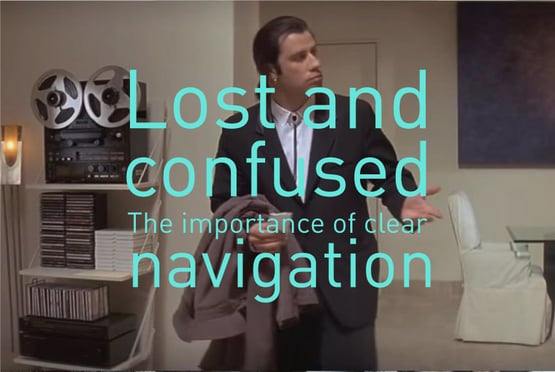Call to Action optimisation
Trawl Google for articles about Call to Action (CTA) best practice and you will find articles galore such as ‘Seven ways to improve conversion through your CTAs’, ‘The most compelling CTAs on the web!’ and ‘The only colour CTA you need is green!’.
Typically the advice is very sensible and adheres to good practice. A couple of articles to look at are a ‘Call to Action Placement Checklist’ and ‘8 step Call to Action Guide’ from HubSpot which are incredibly useful resources.
However, remember that best practice advice may not be the right advice for your sector, you audience or your business. Therefore make sure you don’t miss the most important step: Testing.
CTA optimisation should be an ongoing process but it can often be neglected in favour of customer acquisition campaigns or retention marketing. Therefore before you start a CTA A/B or multivariant testing project, it is vital to get stakeholder buy in.
Some of the question to consider before you start are what is it you want your user to do, and are you making it as easy for them as possible? To make it easy for your users, are you presenting clear next steps and encouraging them to find out more?
Where budgets allow, testing should be carried out by real users. This is not an opportunity for your design team or managers to be having their say! Online usability testing such as http://whatusersdo.com/ is an affordable starting point (See “Do you really know your customers?”). Another option is using heat map tools such as http://www.crazyegg.com/ to give you a visual representation of where your users are clicking. For example, if a user did not click your CTA, what did they do and where did they go instead?
Each element of the CTA can be tested to determine the best design, colour, text, size, imagery, placement etc to achieve your goals. Also remember to look at white space around the CTA, the overall number of CTA’s on the page and CTA repetition.
If you’ve got stakeholder buy in from the start, you will be able to act upon the findings of the testing and base those decisions on hard facts.
Once testing and optimisation becomes part of your culture, you can start to generate a measurable return on your investment.
More blog posts
Do you really know your customers?
If you don’t know your customers you can’t personalise a website experience or optimise your website for sales. You can’t...
5 Tips to Make Your Email Subject Lines Stand Out
Now a days, people receive so many emails that most of them will be overlooked or automatically binned depending on the email...




